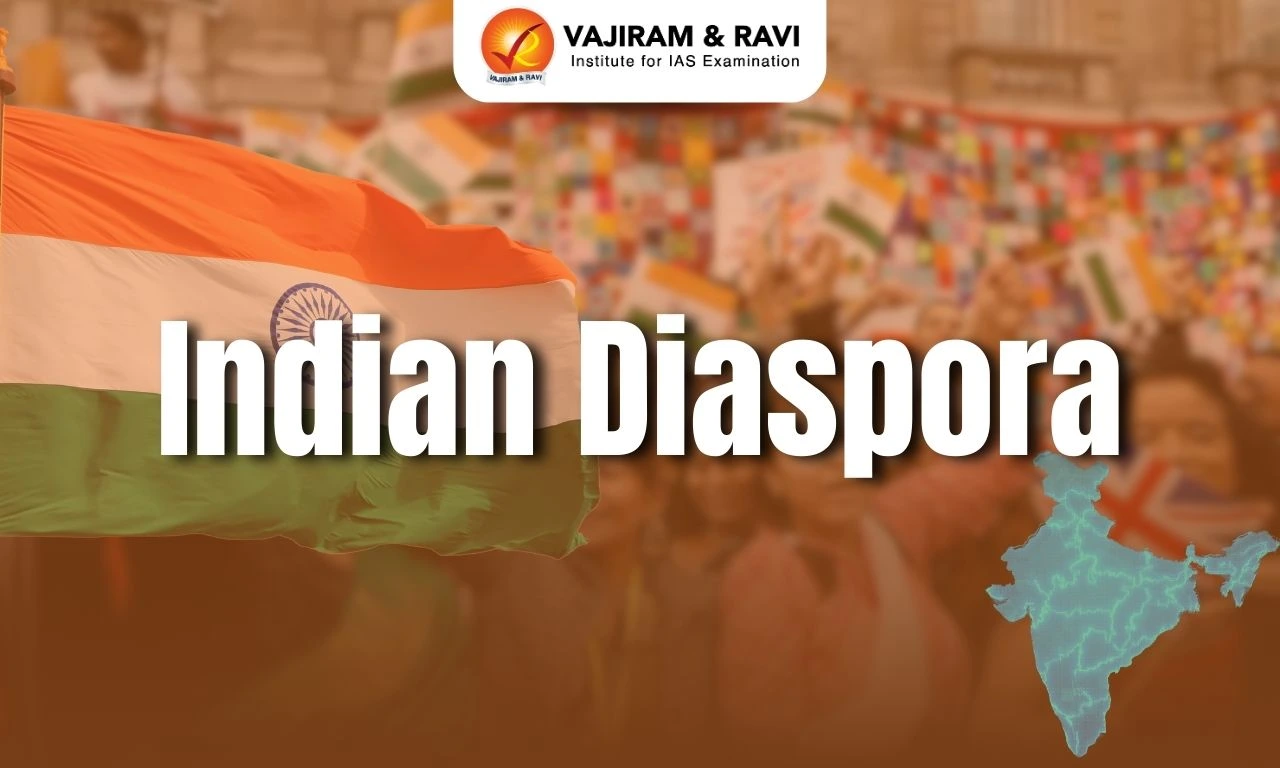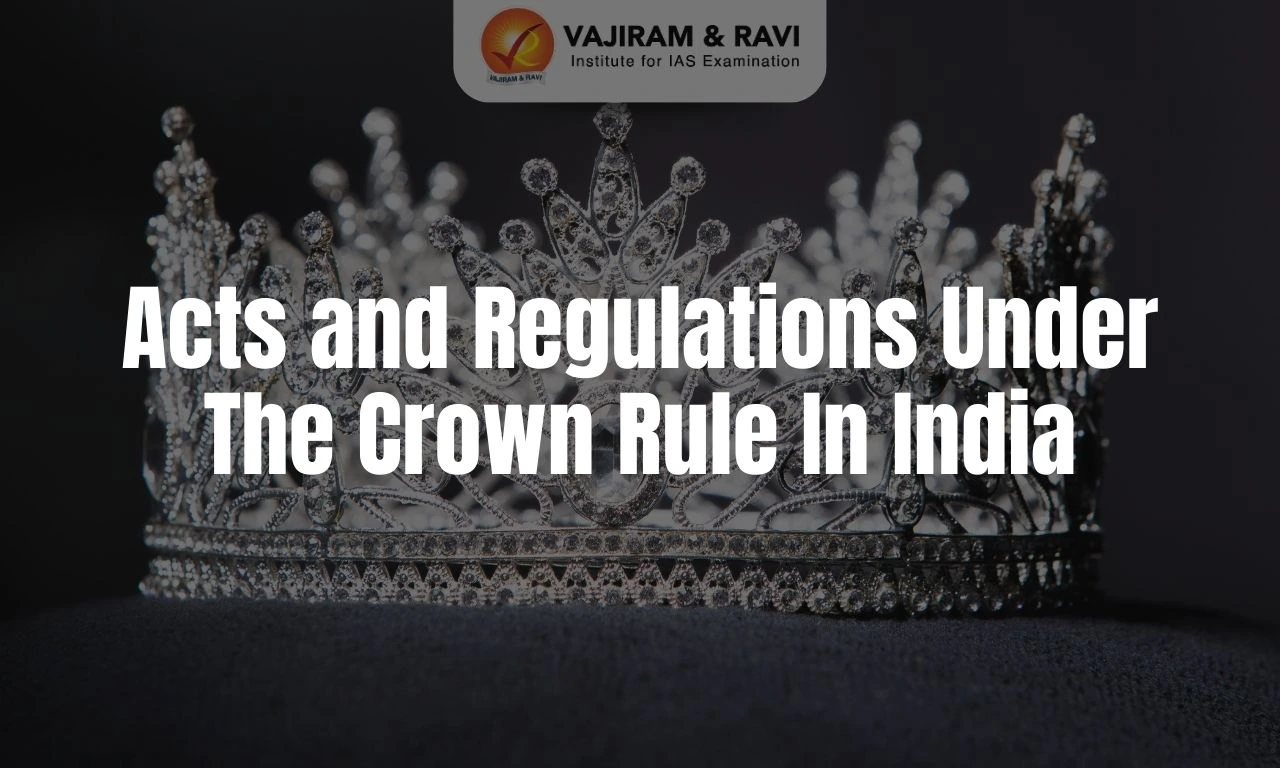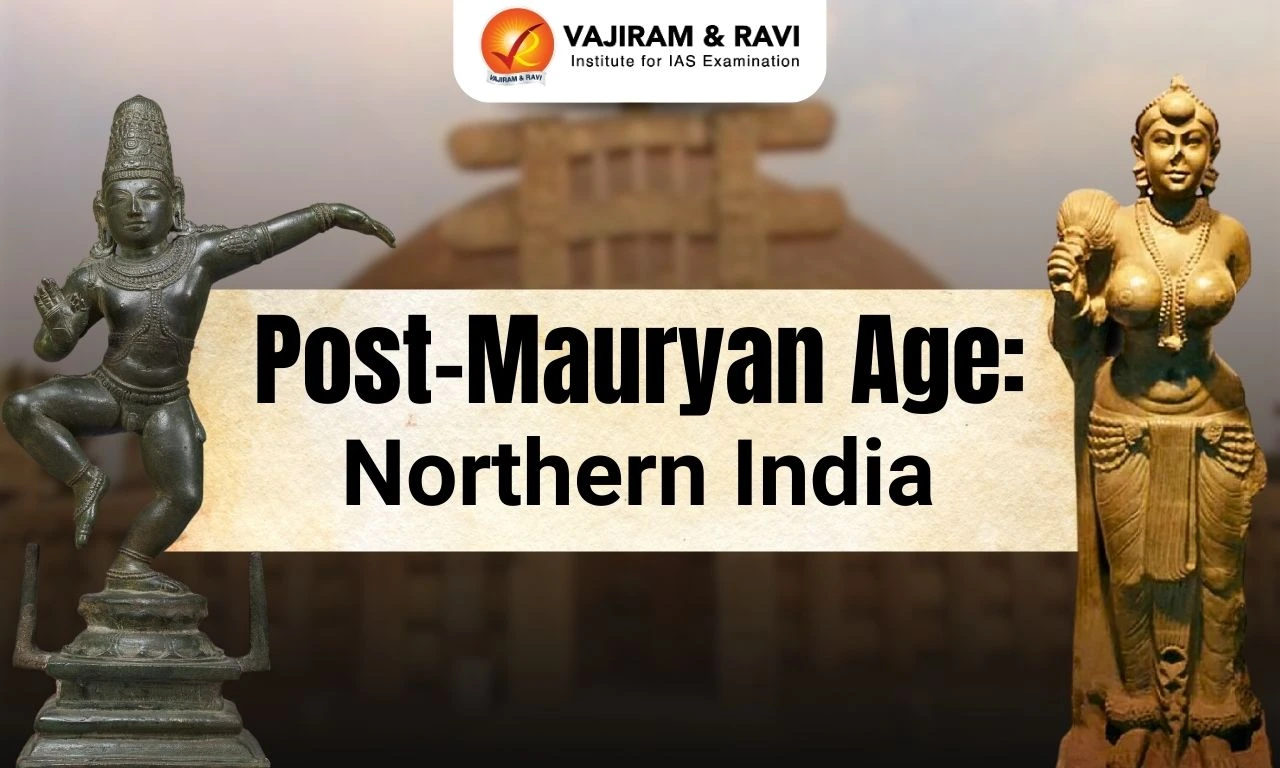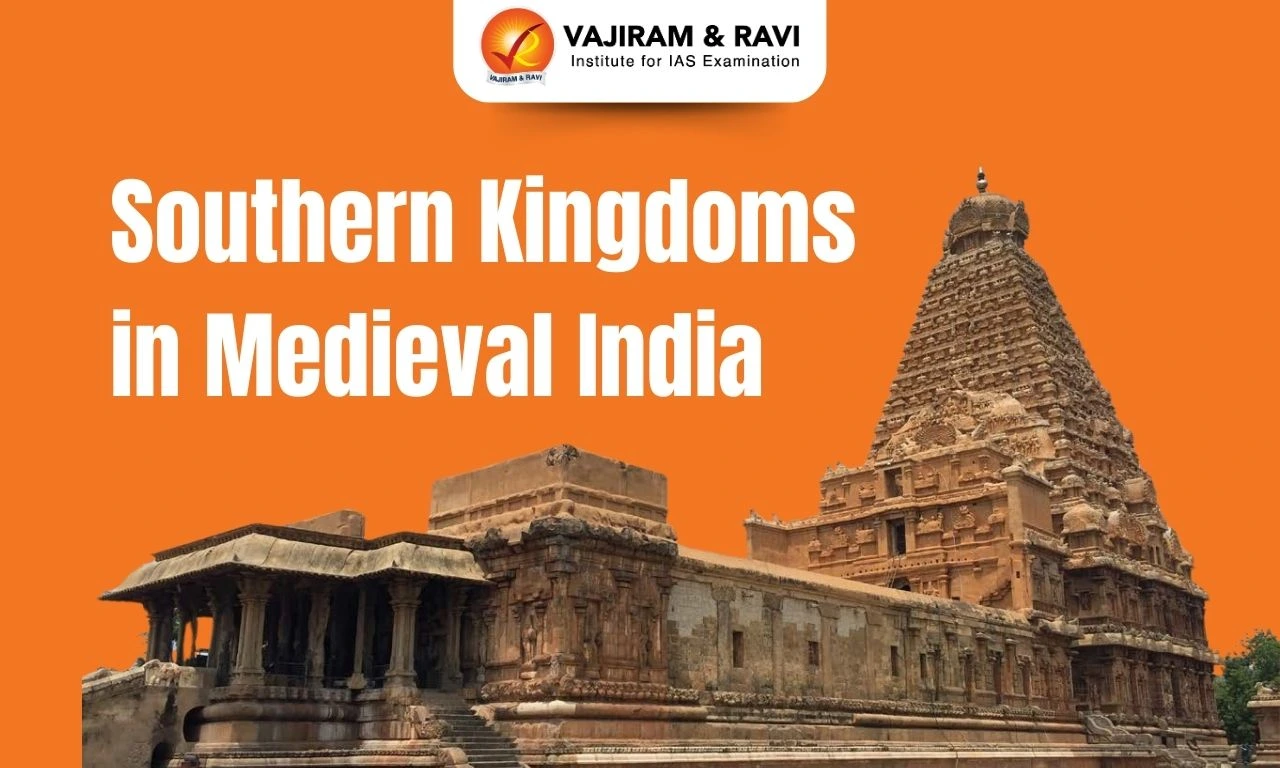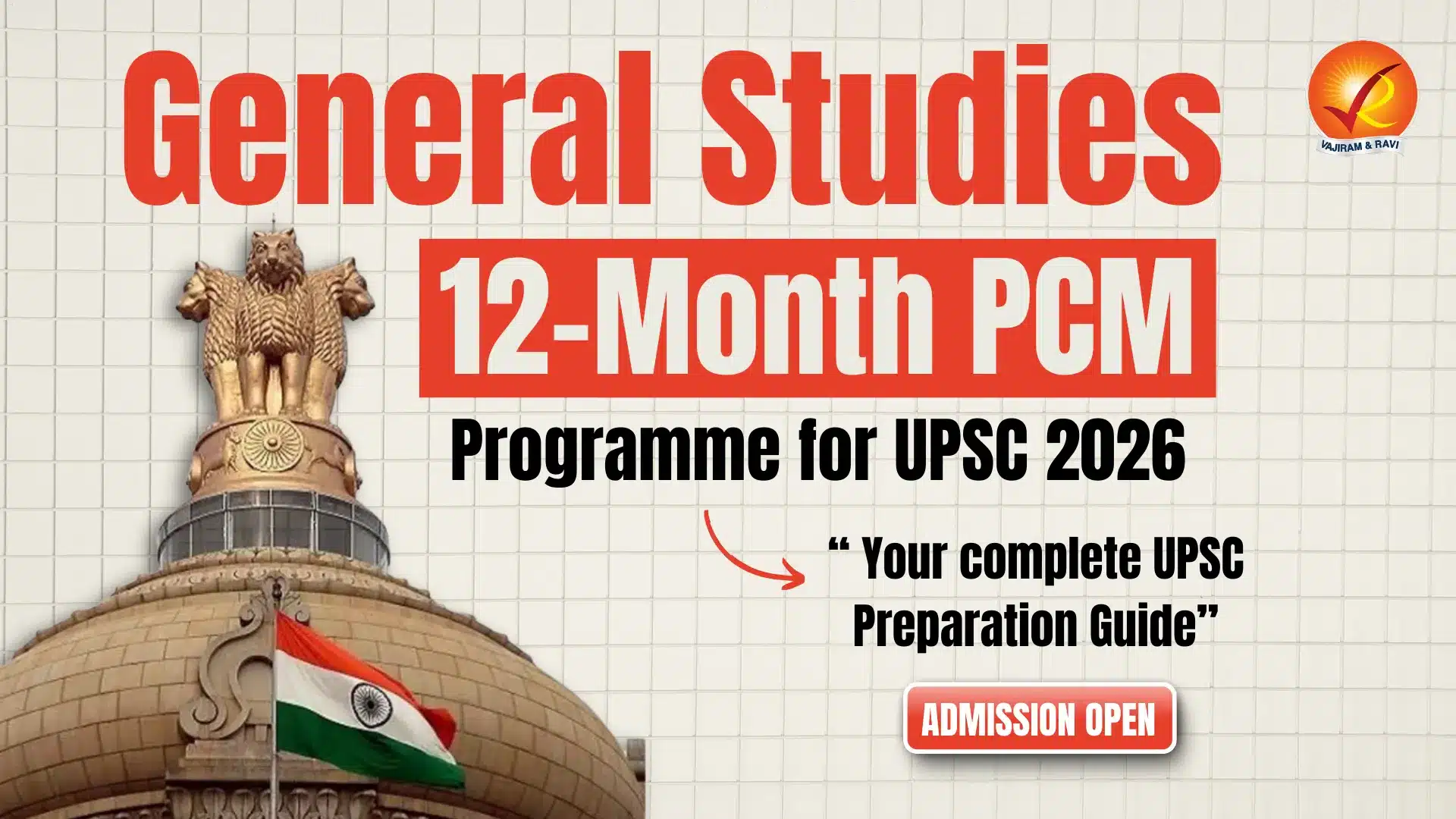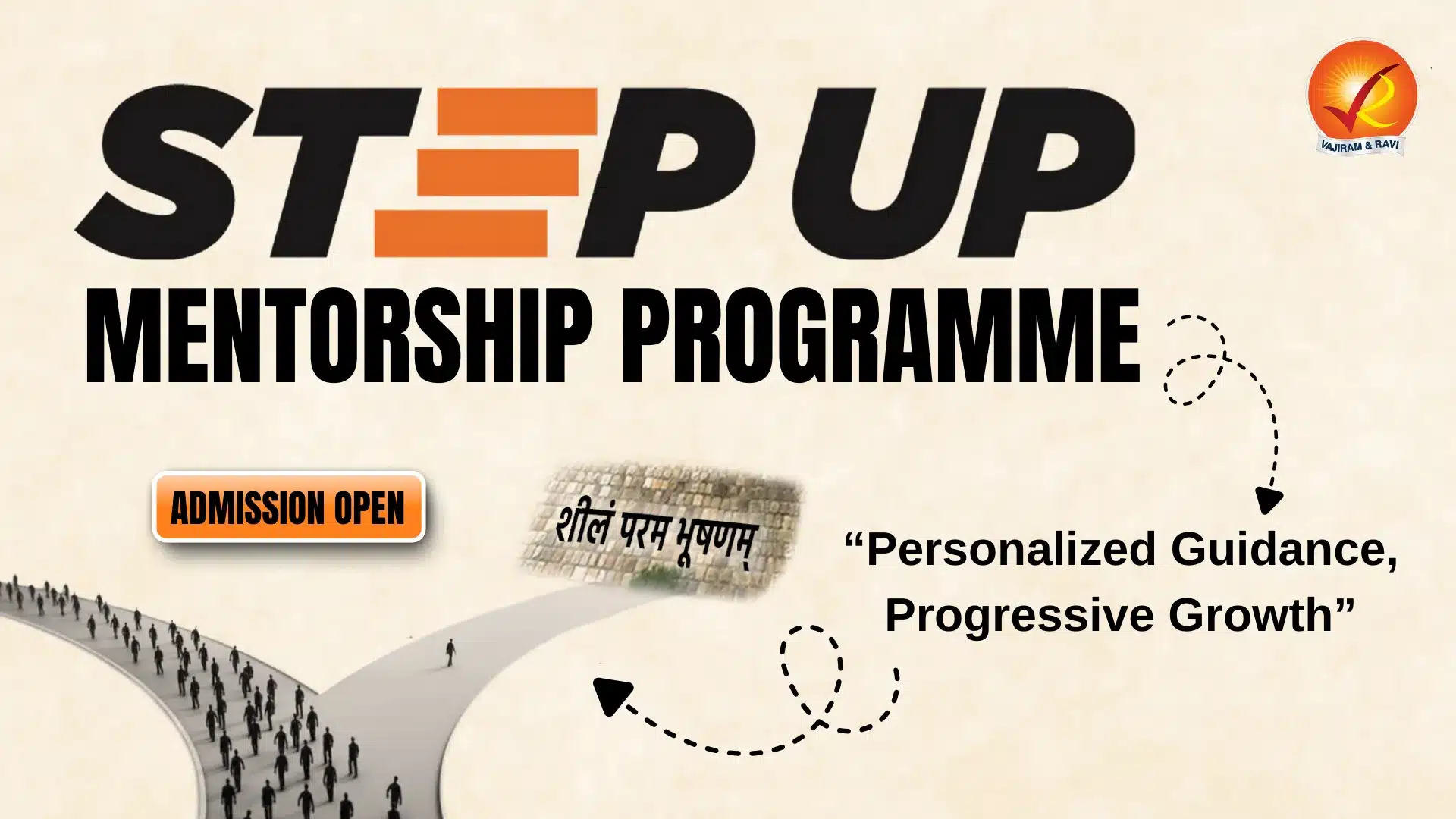What is the current status of the Indian Diaspora?
The Indian Diaspora is one of the largest in the world, with an estimated 18 million people of Indian origin living abroad.
- The US, Saudi Arabia, the United Arab Emirates, Malaysia, Myanmar, the UK, Sri Lanka, South Africa, and Canada host an Indian diasporic population of at least one million each.
- According to Global Migration Report 2020, India continues to be the largest country of origin of international migrants, with a 17.5 million-strong Diaspora across the world.
- According to a World Bank Report, India received approximately 87 billion dollars in remittances in 2021 with the USA being the biggest source, accounting for over 20% of these funds.
| Country | Population of Indian Diaspora (approximate) |
| United Arab Emirates | Around 3.5 million |
| United States of America | Around 2.7 million |
| Saudi Arabia | Around 2.5 million |
| Malaysia | Around 2 million |
| United Kingdom | Around 1.4 million |
| Country | Percentage of population (approximate) |
| Qatar | Around 30.5 % |
| United Arab Emirates | Around 27 % |
| Bahrain | Around 19 % |
| Oman | Around 18 % |
| Kuwait | Around 17.5 % |
| SourceCountry | Share inremittances |
| United States of America | 23.4 % |
| United Arab Emirates | 18 % |
| United Kingdom | 6.8 % |
| Singapore | 5.7 % |
| Saudi Arabia | 5.1 % |
Who qualifies to be part of the Indian Diaspora?
Indian Diaspora is a generic term used for addressing people who have migrated from the territories that are currently within the borders of the Republic of India and settled in different parts of the world. It constitutes NRIs (Non-resident Indians) and OCIs.
- Non-Resident Indian (NRIs): is a term that refers to an Indian citizen who resides outside India 182 days in a financial year, but still maintains strong ties to their homeland.
- Overseas Citizenship of India (OCI) is a form of permanent residency available to people of Indian origin and their spouses, which allows them to live and work in India indefinitely.
- People of Indian Origin (PIOs) are people of Indian birth or ancestry who are not citizens of India but are citizens of other nations.
- The government of India merged the PIO under the OCI programme in 2015.
What are the distinct characteristics of the Indian Diaspora?
- Diversity: The Indian Diaspora is extremely diverse, comprising people from different regions, religions, castes, and socioeconomic backgrounds.
- Large population: The Indian Diaspora is one of the largest in the world, with an estimated 18 million people living outside India.
- Economic success: Members of the Indian Diaspora are often highly educated and successful in business and entrepreneurship, with many holding influential positions in their host countries.
- Cultural preservation: Despite living in foreign countries, the Indian Diaspora has maintained strong connections to their cultural roots and often celebrates their customs and traditions.
- Political involvement: Many members of the Indian Diaspora are involved in politics and advocacy, both in their host countries and in India.
- Strong family values: Family is an important aspect of Indian culture, and this value is often preserved among members of the Diaspora, who maintain close ties with their families in India.
- Strong sense of identity: Despite being a diverse group, members of the Indian Diaspora often share a strong sense of Indian identity and are proud of their heritage and culture.
What are the factors that led to a large Indian Diaspora?
India has one of the largest Diaspora populations in the world, estimated to be over 18 million. There are several reasons why India has such a large Diaspora, including historical, economic, and social factors.
- Historical factors: India was ruled by the British for over two centuries, and many Indians were taken to various parts of the world as indentured laborers. These laborers were brought to British colonies like Mauritius, South Africa, Fiji, and the Caribbean to work on sugarcane plantations.
- Economical factors: India has been experiencing rapid economic growth in recent years, but it has not been able to generate enough jobs to keep pace with its growing population. As a result, many Indians have been forced to look for job opportunities abroad.
- Social factors: Indians are known for their strong family ties and support networks. This has enabled many Indians to establish themselves in different parts of the world and create successful businesses and careers.
- Other factors such as culture: India has a rich cultural heritage and traditions that have been exported to different parts of the world through the Diaspora. Indian cuisine, music, dance, and spirituality have all been embraced by people in different parts of the world.
What is the significance of the Indian Diaspora?
The Indian Diaspora is significant for several reasons:
- Economic contributions: Indian Diaspora members have started businesses, created jobs, and invested in their home countries. They have also contributed to India's economy through remittances. Ex: India being the largest receiver of remittances in the world
- Cultural influence: The Indian Diaspora has had a significant cultural influence on their host countries. Indian food, music, dance, and clothing have all become popular in various parts of the world due to the influence of the Indian Diaspora. Ex: Indian restaurants in America.
- Political impact: Indian Diaspora members have been elected to public office in various countries, and they have used their positions to advocate for issues that are important to the Indian community. Ex: UK Prime Minister
- Diplomatic relations: Indian Diaspora members have served as cultural ambassadors, and they have helped to foster greater understanding and cooperation between India and their host countries. Ex: Role of Indian Diaspora in India-Canada relations.
What are the various government initiatives to engage with the Indian Diaspora?
The Indian government has implemented a number of policies and initiatives to engage with the Indian Diaspora and provide them with opportunities to connect with their roots and contribute to the development of India. Some of these policies include
- Overseas Citizenship of India (OCI) Scheme, 2005: This scheme allows foreign nationals of Indian origin to apply for a lifelong visa to visit India without any restrictions on the duration of stay, and also provides them with some other benefits, such as the ability to open bank accounts, buy property, and invest in India.
- Pravasi Bharatiya Divas (PBD): This is an annual event organized by the Indian government since 2003 to celebrate the contributions of the Indian Diaspora and provide a platform for them to connect with each other and with India.
- Pravasi Bharatiya Samman Award: It is the highest honour started in 2003, which is conferred on NRIs, a PIO, or an organization or institution established and run by them.
- Pravasi Bhartiya Bima Yojana 2006: It is a mandatory insurance scheme aimed at safeguarding the interests of Indian emigrant workers falling under the Emigration Check Required (ECR) category going for overseas employment to ECR countries.
- Swarna Pravas Yojana- New Plan Scheme: to increase Indian workers’ employability abroad by giving them the necessary training.
- Tracing the Roots: to facilitate PIOs in tracing their roots in India.
- In addition to all of these, the government has made social security agreements with numerous foreign nations to safeguard the Indian community in those nations.
- Voting rights for citizens abroad: It was through the Representation of the People (Amendment) Act, 2010, that eligible NRIs were allowed to vote.
- Indian Community Welfare Fund (ICWF): The Indian government has established this fund to provide financial assistance to Indian nationals in distress overseas.
- Know India Program: It is a flagship initiative of the Ministry of External Affairs, Government of India, that aims to familiarize young Indian Diaspora (aged between 18-30 years) with their Indian roots and contemporary India.
What are the measures needed for the welfare of the Indian Diaspora?
Some measures that can be taken for the welfare of the Indian Diaspora are:
- Consular services: The Indian government should ensure that consular services are available to Indian expatriates in all major countries. This includes issuing visas and passports, as well as assisting Indian citizens in distress abroad.
- Employment opportunities: Encourage Indian companies to set up overseas operations and create job opportunities for the Indian Diaspora. This would not only provide employment but also foster a sense of belonging among Indians living abroad.
- Cultural programs: Organize cultural programs and events in foreign countries to promote Indian culture and provide a platform for the Diaspora to connect with their roots.
- Legal assistance: The Indian government should provide legal assistance to the Diaspora in case they face any legal issues in the foreign countries they reside in.
- Education: The Diaspora should have access to quality education, especially for their children. This could include scholarships and subsidies for education, as well as special programs to promote the learning of Indian languages.
- Financial assistance: The government can offer financial assistance to the Indian Diaspora in times of crisis, such as natural disasters or emergencies.
- Health services: Facilitate access to health services for the Indian Diaspora, including telemedicine services, health insurance, and health camps.
Last updated on December, 2025
→ Check out the latest UPSC Syllabus 2026 here.
→ Join Vajiram & Ravi’s Interview Guidance Programme for expert help to crack your final UPSC stage.
→ UPSC Mains Result 2025 is now out.
→ UPSC Notification 2026 is scheduled to be released on January 14, 2026.
→ UPSC Calendar 2026 is released on 15th May, 2025.
→ The UPSC Vacancy 2025 were released 1129, out of which 979 were for UPSC CSE and remaining 150 are for UPSC IFoS.
→ UPSC Prelims 2026 will be conducted on 24th May, 2026 & UPSC Mains 2026 will be conducted on 21st August 2026.
→ The UPSC Selection Process is of 3 stages-Prelims, Mains and Interview.
→ UPSC Result 2024 is released with latest UPSC Marksheet 2024. Check Now!
→ UPSC Prelims Result 2025 is out now for the CSE held on 25 May 2025.
→ UPSC Toppers List 2024 is released now. Shakti Dubey is UPSC AIR 1 2024 Topper.
→ UPSC Prelims Question Paper 2025 and Unofficial Prelims Answer Key 2025 are available now.
→ UPSC Mains Question Paper 2025 is out for Essay, GS 1, 2, 3 & GS 4.
→ UPSC Mains Indian Language Question Paper 2025 is now out.
→ UPSC Mains Optional Question Paper 2025 is now out.
→ Also check Best IAS Coaching in Delhi
Indian Diaspora FAQs
Q1. Which country is the largest recipient of remittances in the world?+
Q2. What is Pravasi Kaushal Vikas Yojana?+
Tags: indian diaspora quest



